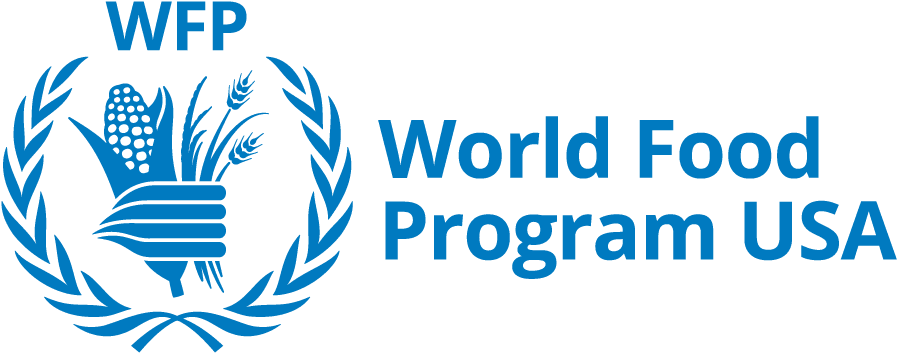Climate Challenges
Namibia is an upper middle-income country with a population of 2.3 million. The country has experienced recurrent floods and drought, insect invasions and the COVID-19 pandemic – all of which all have had a profound impact on food security, health and nutrition. In 2017, the poverty rate stood at 17.4%.
A majority of the population depends on agriculture for all or part of their livelihoods, while 40% are smallholder farmers growing grain crops mainly for their own consumption.
Cropping conditions are generally poor and characterized by erratic rainfall and frequent floods and drought. Namibia is highly dependent on imports and is thus vulnerable to external price increases.
You can make a difference. By understanding issues, learning how to civically engage, and joining the movement to end global hunger for good.
 WFP/Luise Shikongo
WFP/Luise Shikongo



